Everything in the Universe is moving, from a couple of kilometers/miles per second to more than 200 km / 124 mi per second, with space itself theorized to expand faster than even the speed of light, which is 299,792 km / 186,282 mi per second.
Most of the objects in our universe appear to be drifting away from us, while others, such as the Andromeda Galaxy, are closing in on us, but let us take a closer look at the celestial objects in our vicinity, like the Sun.
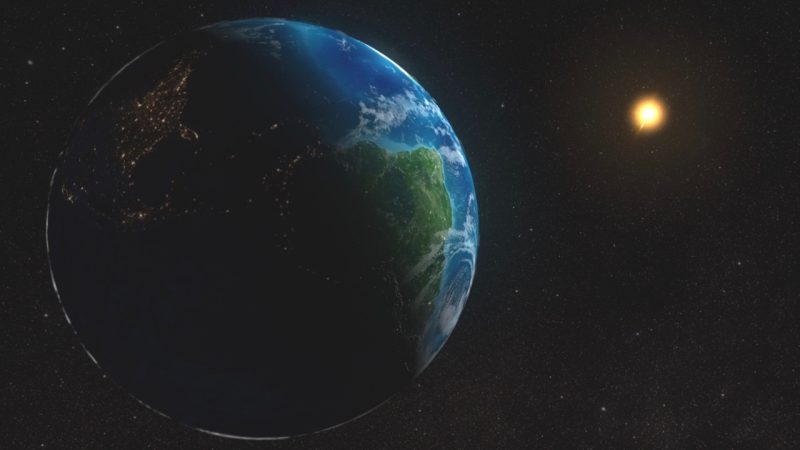
How far is the Sun from Earth? Well, when it comes to space, we apply different measurements, and in terms of distance, we speak trough astronomical units.
An astronomical unit (AU) is the equivalent of 150 million km / 93 million mi, and the Sun is 1 AU away from Earth. In light-years, the Sun is 0.00001581 light-years away, while in light minutes, the Sun is 8.20 light minutes away, or 500 light-seconds away from Earth.
If we were to speak in meters, then the Sun would be 150.4 billion meters away from Earth. The Earth orbits the Sun once every 365.3 days, while farther planets such as Mars, completes an orbit around the Sun in 687 days. For comparison, Mars is 1.5 AU away from the Sun, which would translate to 227.94 million km / 141.70 million mi.
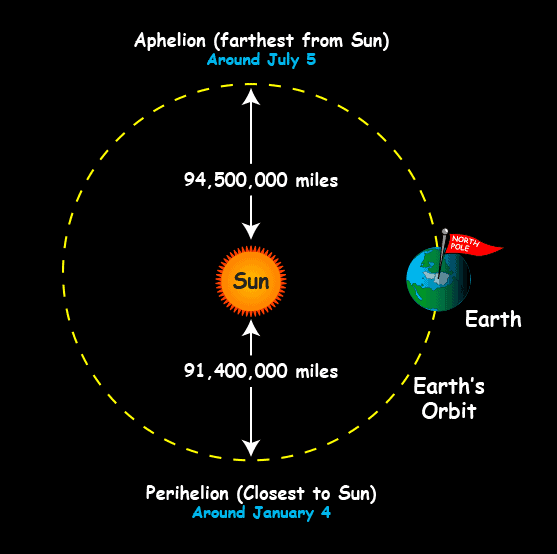
Since the Earth moves around the Sun, the distance differs, with Earth’s closest point from the Sun – perihelion – reaching 147.5 million km / 91.3 million mi.
When it comes to Earth’s farthest point from the Sun – aphelion – it is around 152 million km / 94.5 million mi, a little over 1 AU away from the Sun.
How Long Would It Take to Get to the Sun From Earth?
It’s tough to predict a spacecraft’s journey towards the Sun. If we were to launch an imaginary spacecraft from Earth that would travel around 153,454 mi / 246,960 km per hour constantly, it would reach the Sun in 606 hours, or 25 days.
However, what clouds our estimation is the fact that it is impossible to launch a spacecraft that would constantly maintain its top speed from the start. When the spacecraft is launched, it will take several minutes or hours to reach its top speed.
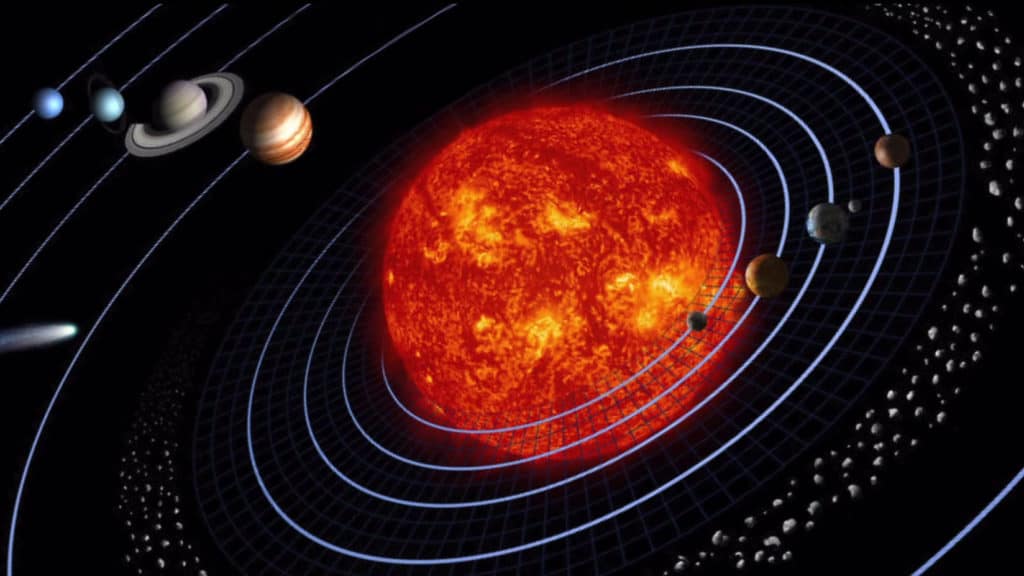
One of the fastest planned spacecraft on Earth is the Parker Solar Probe. This probe might reach a maximum speed of 430,000 mi / 692,017 km per hour. This means that the spaceship may get to the Sun in around 216 hours or nine days.
However, there is an additional problem. Nothing in space stays still, so we can’t launch anything directly at the Sun, because the moment the object would arrive at the Sun’s position, it would no longer be there.
Therefore, we first have to predict where the Sun would be, based upon its moving speed, and then calculate our object’s moving rate, and most of all, we even have to consider our Earth’s movement.
How Long Would It Take to Get to the Sun in a Car?
Let’s say we could drive our cars towards the Sun. Since when it comes to space, distances take on a whole new value, maybe with this hypothetical scenario, we might more easily familiarize ourselves with the actual length of the Sun, how far away it is.
So how long would it take to get to the Sun in a car? If our car would travel at a constant speed of around 100 mph, and if we could drive for 24 hours without rest, then we would reach the Sun with our car in more than 106 years.
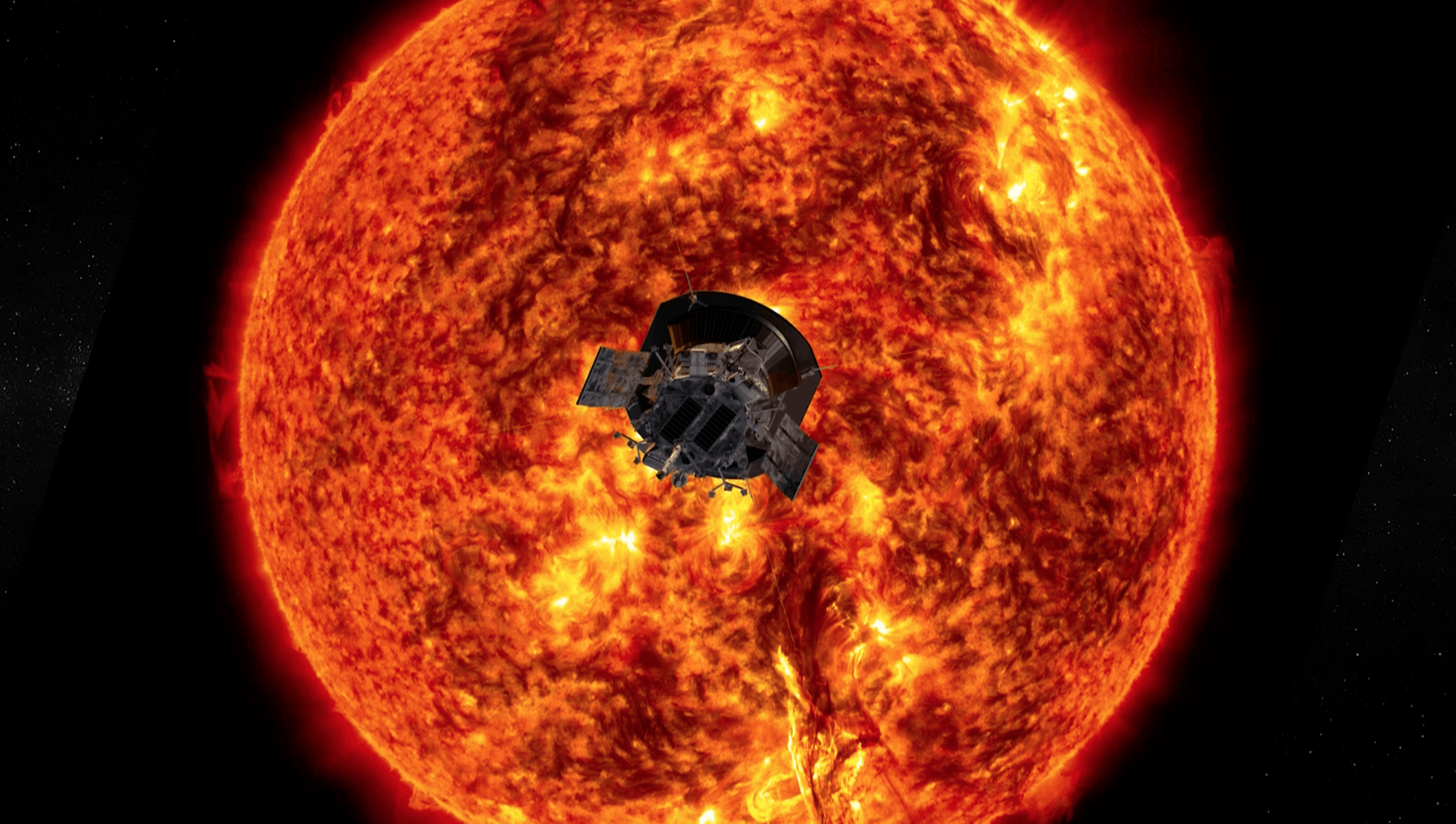
However, this also implies that our oxygen, food, and fuel reserves are infinite, and we would travel towards a correct estimation of where the Sun would be at, in around 106 years.
In a Jumbo Jet, it may take up to 19 years to get to the Sun from Earth, so regardless of our current daily traveling methods, it would take more than a lifetime to reach the Sun.
Is Earth Getting Closer to the Sun?
Since the Sun is so far away, and as discussed above, it would take more than a lifetime to reach it, would our chances of getting to the Sun increase in the distant future? Is our Earth getting closer to the Sun?
Now, getting closer to the Sun wouldn’t really help us in any way, shape, or form, probably not even scientifically. There may be other methods available to us in the future to collect data from our Sun, without the need to be near it.
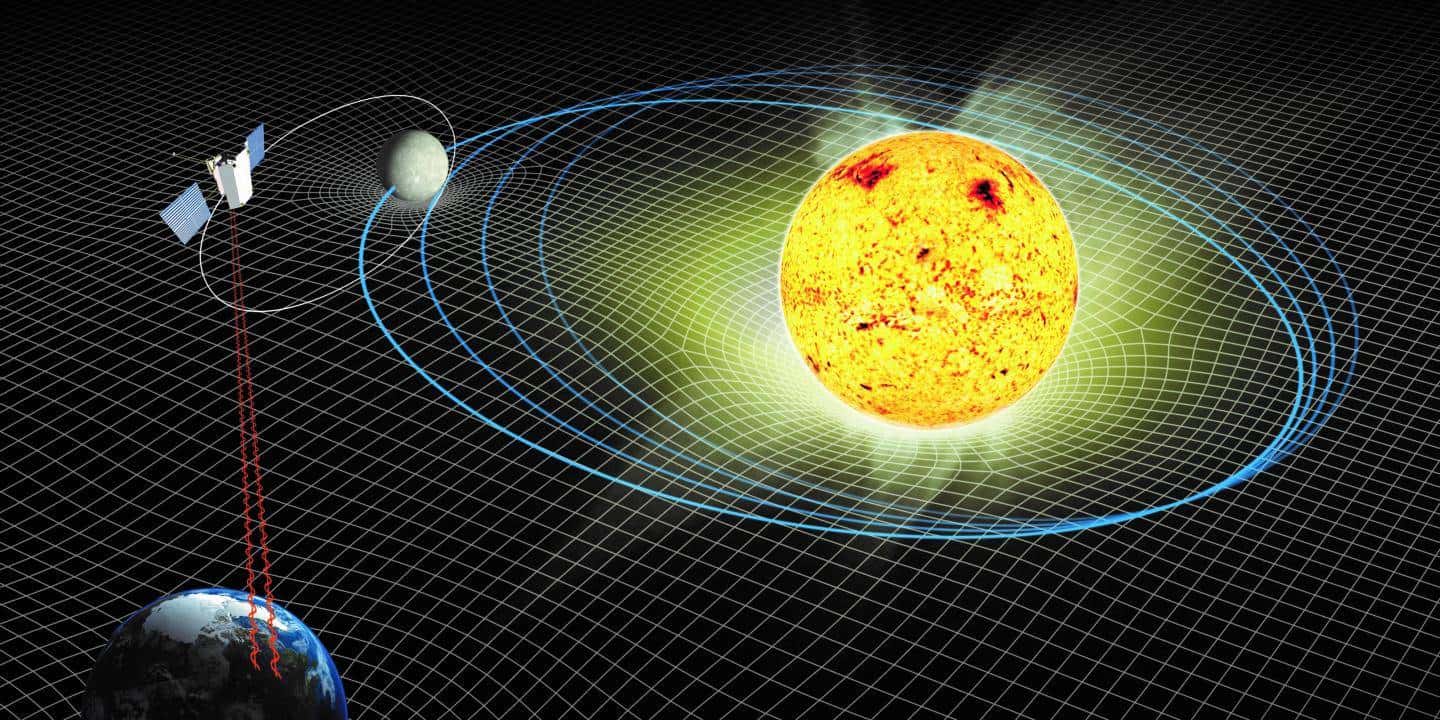
In fact, we aren’t even getting closer to our Sun. Our Earth is actually slowly moving away from the Sun. This is because our Sun, like all stars, burns its fuel.
As the Sun burns its fuel, it loses power, mass, and gravity. Since the Sun’s gravity / gravitational pull is weakening, since it loses mass, our Earth can slowly move away from it.
Our Earth is moving away from the Sun at around 15 cm every year. However, Earth will never escape from the Solar System, since the Sun will evolve in 5 billion years into a red giant star.
When this happens, Earth will be with 750,000 km / 466,028 mi farther away from the Sun; however, the Sun will also expand its radius for more than 256 times its current size (696,340 km / 432,685 mi), reaching over 178 million km / 110 million mi in radius, inevitably engulfing Earth in the end.
How Far is it From Earth to Space?
If you want to reach space from Earth, then you would have to fly straight up in the sky for around 100 km / 62 miles. This is where most scientists agree, is where our planet’s boundary ends, and suborbital space begins.

Did you know?
- Our Solar System travels through space at a speed of around 515,000 mph / 828,000 km/h.
- It takes our Solar System around 230 million years to travel around our galaxy, the Milky Way, once.
- Neptune is the farthest planet from the Sun. It is situated at around 30 AU away – that’s 30 times farther away from the Sun than our Earth.
- Though Neptune is regarded as the farthest planet away from the Sun when Pluto was categorized as a planet, it held this title. Now Pluto is considered a dwarf planet, and it is located at around 39 AU away from our Sun.
Sources:
Image Sources:
- https://earthsky.org/upl/2014/01/earth-sun-lg-nasa-artist-e1476952761550.jpg
- https://scijinks.gov/review/earths-seasons/aphelion-perihelion-lrg.png
- https://www.eteknix.com/wp-content/uploads/2015/07/solar-system-800×450.jpg
- https://www.nasa.gov/sites/default/files/thumbnails/image/sweap_thumb.png
- https://regmedia.co.uk/2018/01/18/sun_earth_messenger.jpg
- https://images.immediate.co.uk/production/volatile/sites/4/2019/09/GettyImages-471296532-c-db7bc08.jpg?quality=90&resize=960%2C408
